Farming is difficult but incredibly important and rewarding. When it comes to raising sheep, knowledge is power. Here are some common mistakes you can make when raising sheep. Like choosing the wrong breed. Think carefully about your reasons for raising sheep, as well as the unique characteristics of the breed you choose. Let’s check out a few common mistakes in sheep farming.
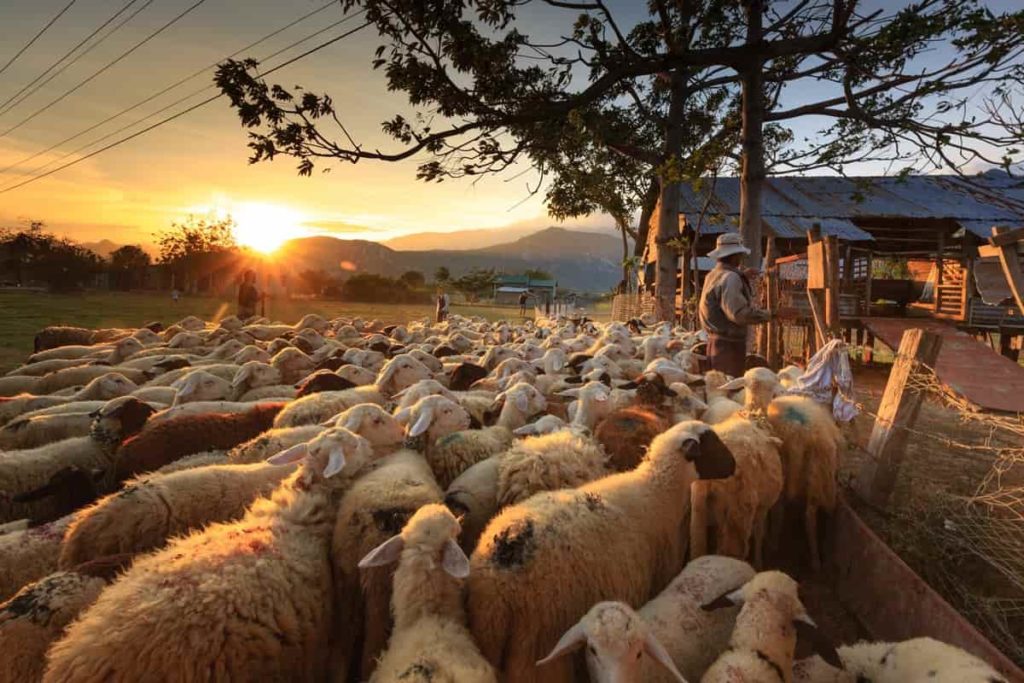
Sheep rearing can be fun and rewarding if you live on a small farm or even in a country house with little grazing space available. They are humble, gentle animals for hobby farms, and they serve many purposes, such as providing meat, wool, and milk. Sheep are virtual pets for many rural families. Raising sheep is a lot of work. You have to take care and keep them safe from predators. If you are not careful, some common mistakes that you can make in raising sheep can make the task more difficult.
Common mistakes in sheep farming
Underestimate the space
Another mistake is to estimate how much space is needed. Do your best to give your sheep as much space as possible. The basic recommendation is a 16-square-foot per ewe with a lambing pen at approximately 25 square feet. Rams require at least 30 square feet.
Lack of awareness
The first mistake is a lack of awareness. It doesn’t understand the real profit, or just doesn’t know about it. If you don’t know, this is fine, learn about it to give yourself a chance. Unfortunately, many people choose to remain ignorant only when they are familiar with the concept of real profit. Making it means that other mistakes are irrelevant anyway.
Wrong selection of sheep
When it comes to raising sheep, knowledge is power. Here are some common mistakes you can make when raising sheep. Like choosing the wrong breed. A common mistake of inexperienced farmers is that they often start raising only one sheep. Sheep are very social animals, with a strong herd instinct, and close association with their partners. As a result, it’s a good idea to start your own sheep breeding business by buying at least 3 sheep (preferably females).
In case you miss this: Sheep Farm Insurance in India, Companies, Policy, and Premium
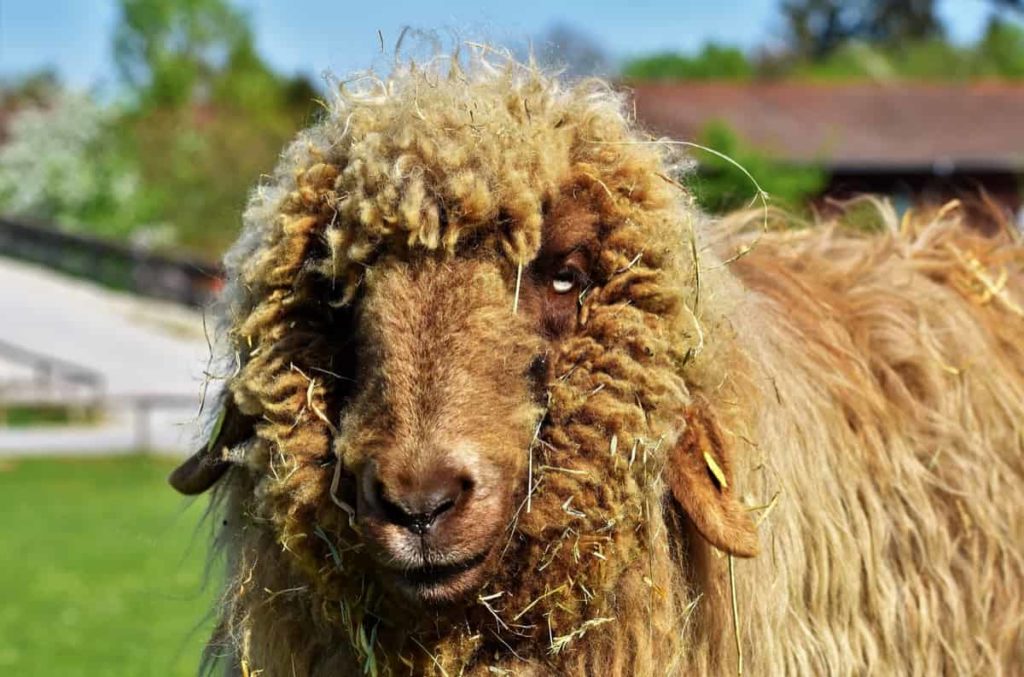
The average sheep survives 11-13 years but can reproduce from 7-9 months to 6-8 years of age. There are, of course, surprising exceptions to this age limit. There are different breeds and different strategies and levels of experience. First of all, you have to decide whether you will raise sheep for milk and/or meat. Some of the best wool breeds include:
- Merino
- Suffolk
- Rambouillet
- Leicester
- Debouillet
- Lincoln
- Leicester longwool
- Southdown
If you’re raising sheep for meat, consider:
- Dorper
- Hampshire
- Icelandic
- Cheviot
- Katahdin
- Blackbelly
If you’re raising sheep for milk production, consider:
- Lacunes
- East Friesians
- Awassis
- Katahdins
- Assafs
- Finnsheep are popular dairy breeds
These are not the only variables to consider. When choosing your sheep breed, pay close attention to the management needs of your animal (especially the lamb), as well as any other characteristics that may be important to you.
Poor fencing
Poor fencing is another common mistake. It has to be long enough for sheep to jump on it – and it doesn’t have holes that are big enough to stick to your animal’s head. The most suitable perimeter fences for sheep are multi-strand, high tensile, electric fences, and woven wire fences with electric offset wires and barbed wire above and below the fence. The inner fence (or cross fence) is used to subdivide fields into small areas (paddocks) for grazing.
Interior fences can be made of permanent, semi-permanent, or temporary fencing materials. Although the inner fence does not usually need to stop predators, it should be good enough to keep lactating lambs away from their dams and/or rams. Temporary fencing can be used in closed areas for temporary grazing (such as corn or wheat fields) and it may need to be Predator Proof.
Mistakes when buying sheep
After choosing a breed, careful selection of individual animals is important. You can buy the sheep directly from the person who raised them. Look at the flock of sheep, talk to the farmer about the history of the animal and its parents. Check the physical condition of the sheep, especially the following details;
In case you miss this: Dairy Disease Symptoms and Treatment for Cows, Cattle, Goats, and Sheep
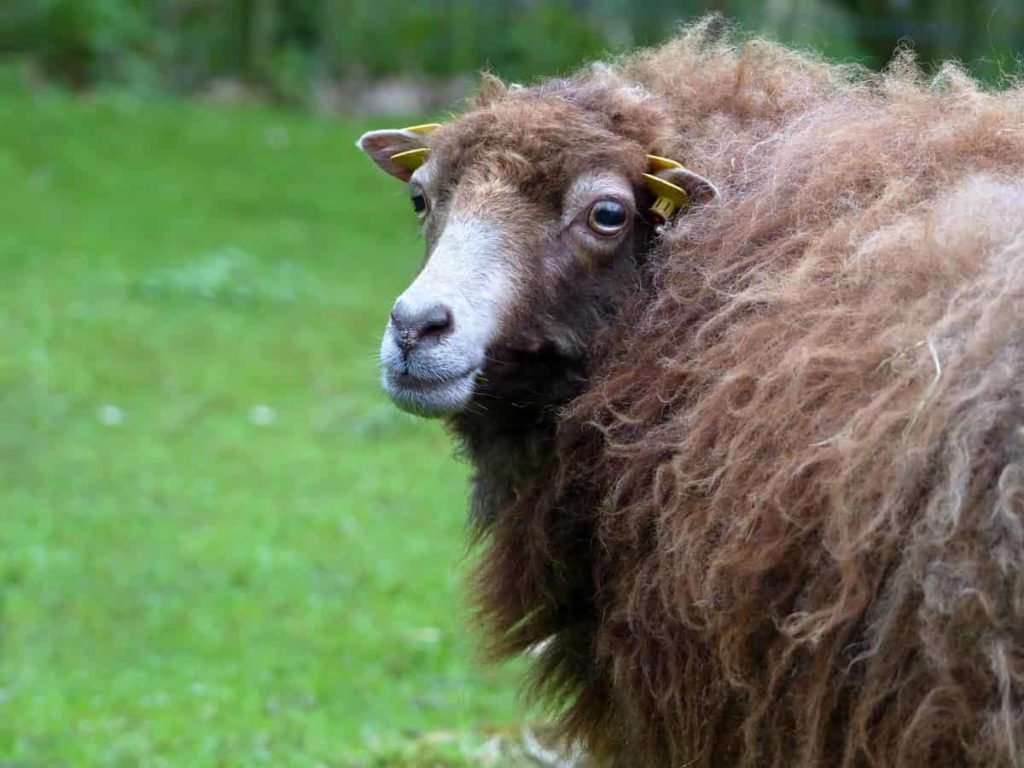
- Initially, the eyes should be clear and bright.
- Check the head and neck for lumps or swelling, which may mean that the worm has not been treated or has an abscess.
- Sheep’s hooves must be trimmed well and should not be lame. (Make sure the other sheep in the flock are not lame, as this may mean they have foot rot, which can affect your sheep.)
- The sheep have a wide back and deep body and not be too thin or too fat. Potbellies can indicate worm infestation.
- If buying an adult ewe, the udder is healthy and not lumpy this can indicate mastitis and damage its milk production for future lambs.
- Examining any sheep, you want to buy can help you choose the best sheep breed.
Not building any shelter
It is another common mistake. It doesn’t have to be fancy. Just something that will give them shelter and shade. Sheep are very hardy creatures that don’t need many shelters. However, this does not mean that you should not provide shelter at all. On the contrary, you should make some kind of shelter to protect your sheep from the elements. In colder climates, you need to consider snow and freezing temperatures when building your shelter.
Feeding mistakes
The sheep should be fed in such a way that the shepherd does not have to enter the pen with the flock. Use walkthrough (the feeder splits the two pens, allowing the producer to feed both pens) or a bunk feeder accessible from the street. There should be enough bank space to allow all the sheep to eat at the same time and some space is left. This allows smaller, more obedient animals to eat at the same rate as the rest of the flock.
This helps maintain an average physical condition in the pen and helps reduce the incidence of overeating in the feeder lambs. Different styles of feeders are available. Feeders should be designed to prevent sheep from moving on the feed and pulling the feed to the ground. This helps keep feeds clean to reduce parasitic loads and reduce feed waste. Commercially manufactured feeders last longer, but suitable wood feeders can be made for economic reasons.
Sheep are ruminant animals, which means they eat fresh grass and hay. They can thrive if they are fed nothing but good pasture grass, salt, a vitamin and mineral supplement, and freshwater. One acre of land of good quality pasture can raise four sheep. Sheep can feed themselves without supplements, but in winter, you will need to supplement their diet with grass and grain. Be sure to use a raised feeder instead of putting the hay on the ground, where it will get wet and dirty.
In case you miss this: Top 50 Sheep Farming Tips, Ideas, and Techniques
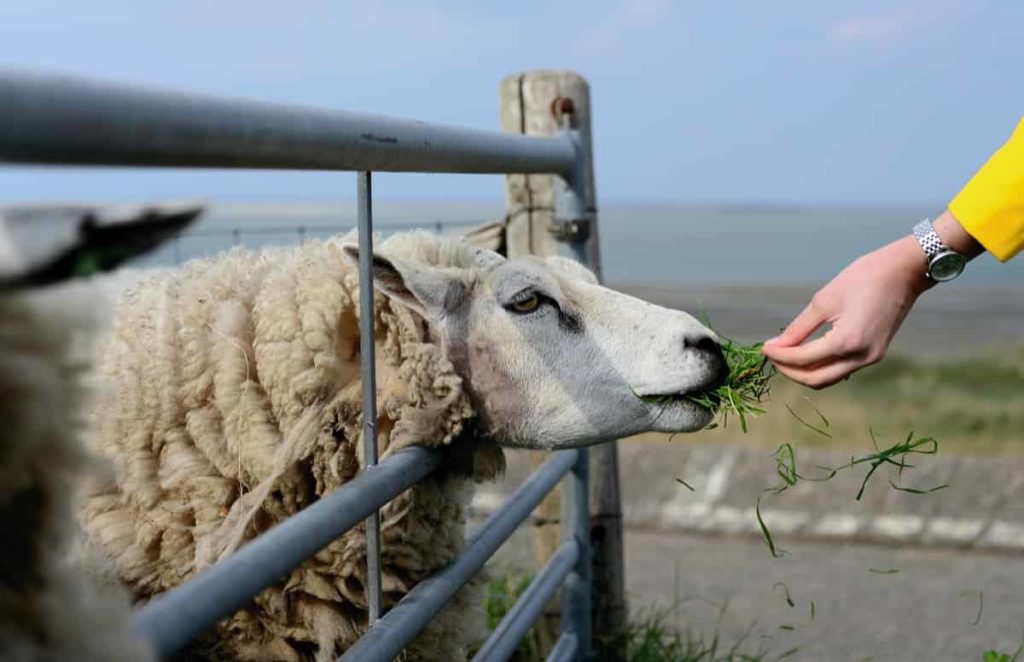
Ewes who are about to lamb, or sheep are raising for the market, will benefit from supplements of grain. Sheep need more protein compared to other grazing animals, and where pasture grasses are poor or insufficient to provide them, grain supplements provide essential nutrients. Vitamin and mineral supplements should be prepared especially for sheep. Mineral mixtures may contain heavy levels of copper, which can be toxic to sheep. Sheep need salt to prevent bloating. Salt can be presented in granulated or loose form.
No business plans
This is a common business mistake, not a plan. You may be passionate about sheep and want to sell your wool, meat, and milk. This is great, but you need to know not only how to take care of the sheep, but also how to set up a company, where your customers are, how you plan to run your business, etc. You also need to plan the cost and take the time to write it all down. Who, what, where, when, and why? (Do this before buying animals).
Ignoring additional mineral requirements
Sheep, like all other animals, need specific minerals to stay healthy. Some shepherds say that if you are raising sheep in pastures, they should be able to carry these minerals through the soil. While this is somewhat true, the argument ignores the fact that everyone’s soil is rich in some minerals and is empty of others.
It’s hard to say what minerals your sheep are getting. Providing mineral supplements is not expensive and will ensure that sheep are getting everything they need. It can help them to gain a healthy weight and also prevent lamb problems (such as a very common white muscle disease).
Underestimating the care needed
Your primary goal is to reduce stress through proper management, nutrition, and proper health care. Provide daily outside access to well-drained areas for sheep that are not on the pasture (not mud). Transfer animals to new pastures based on existing pasture conditions, re-growth, and parasite control. Facilities must include an easy method to catch and restrain animals for observation or treatment. Provide suitable space for each animal based on its size, breed, and other recommendations.
In case you miss this: Meat Sheep Breeds, List, and Advantages
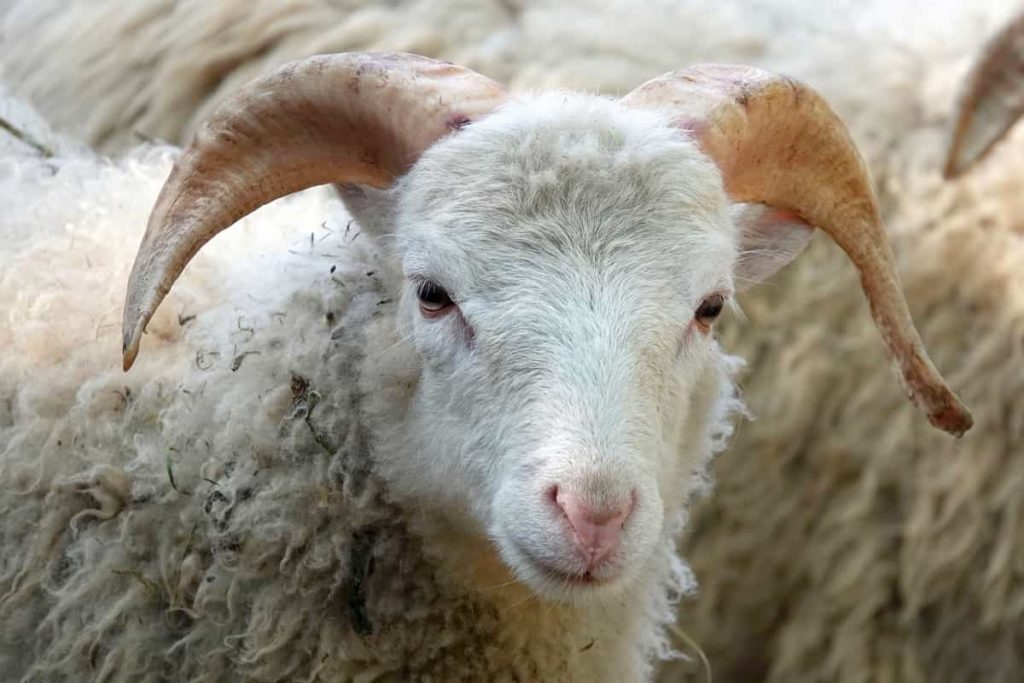
Sheep suffer from internal parasites as well as other diseases. Sheep farmers often deworm their sheep (consult your local licensed doctor). In specialty stores, you can find a variety of sheep deworming products (pills, sprays, injections, pastes, etc.). We may need to vaccinate our sheep once a year (against overeating, Clostridium, and other diseases), always after consulting our doctor. Sheep with special needs may need to be vaccinated more often.
In addition, we should check the health of our sheep regularly. Diarrhea is a common symptom of sheep disease. Watery eyes or runny nose, being isolated from the flock, not chewing, not drinking water, sleeping all day, and not standing are some of the wrong symptoms. In any case, we should always have the telephone number of a local licensed veterinarian on hand. In many cases, the doctor will ask you the temperature of your sheep’s rectum before deciding whether or not to visit your property. The typical rectal temperature for sheep is 38.3–39.9°C.
In many countries, it is very common for sheep owners to slaughter their sheep to prevent hygiene problems (long tails are usually covered with manure and attract flies). However, you should contact your local licensed physician for further instructions. Sheep keepers also trim sheep’s hooves (with a hook trimmer) to prevent infection (foot rot).
In case you miss this: Organic Sheep Farming and Production Guide
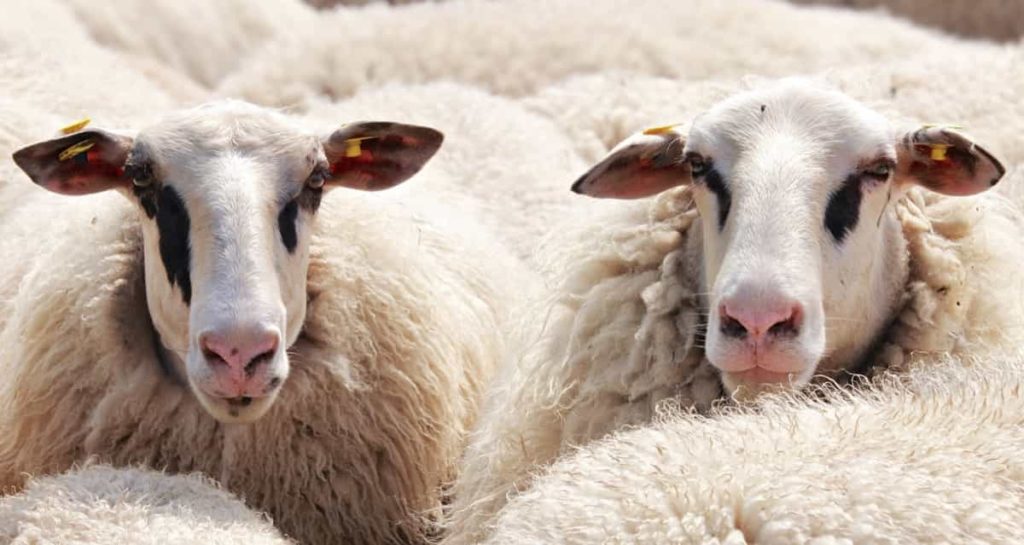
We have to check their hooves every two weeks, but less frequently than goats (goats usually need hooves every 2 months and sheep need hooves every 3-4 months), but we must be more careful in wet conditions). After all, many farmers cut sheep’s hair at least once a year, preferably in the period before the summer heat. Certain breeds of sheep require 2-3 haircuts per year.
- Types of Pesticides Used in Agriculture: A Beginner’s Guide
- Economical Aquaculture: A Guide to Low-Budget Fish Farming
- 15 Common Planting Errors That Can Doom Your Fruit Trees
- How to Make Houseplants Bushy: Effective Tips and Ideas
- Innovative Strategies for Boosting Coconut Pollination and Yield
- Pollination Strategies for Maximum Pumpkin Yield
- The Complete Guide to Chicken Fattening: Strategies for Maximum Growth
- Natural Solutions for Tulip Problems: 100% Effective Remedies for Leaf and Bulb-Related Issues
- Revolutionizing Citrus Preservation: Towards a Healthier, Greener Future
- Natural Solutions for Peony Leaf and Flower Problems: 100% Effective Remedies
- Maximizing Profits with Avocado Contract Farming in India: A Comprehensive Guide
- Natural Solutions for Hydrangea Problems: 100% Effective Remedies for Leaf and Flowers
- The Ultimate Guide to Choosing the Perfect Foliage Friend: Bringing Life Indoors
- From Sunlight to Sustainability: 15 Ways to Use Solar Technology in Agriculture
- The Ultimate Guide to Dong Tao Chicken: Exploring from History to Raising
- The Eco-Friendly Makeover: How to Convert Your Unused Swimming Pool into a Fish Pond
- Mastering the Art of Delaware Chicken Farming: Essentials for Healthy Backyard Flocks
- 20 Best Homemade Fertilizers for Money Plant: DIY Recipes and Application Methods
- How to Craft a Comprehensive Free-Range Chicken Farming Business Plan
- Brighten Your Flock: Raising Easter Egger Chickens for Beauty and Bounty
- How to Optimize Your Poultry Egg Farm Business Plan with These Strategies
- Subsidy for Spirulina Cultivation: How Indian Government Schemes Encouraging Spirulina Farmers
- Ultimate Guide to Raising Dominique Chickens: Breeding, Feeding, Egg-Production, and Care
- Mastering the Art of Raising Jersey Giant Chickens: Care, Feeding, and More
- Ultimate Guide to Raising Legbar Chickens: Breeding, Farming Practices, Diet, Egg-Production
- How to Raise Welsummer Chickens: A Comprehensive Guide for Beginners
- How to Protect Indoor Plants in Winter: A Comprehensive Guide
- Ultimate Guide to Grow Bag Gardening: Tips, Tricks, and Planting Ideas for Urban Gardeners
- Guide to Lotus Cultivation: How to Propagate, Plant, Grow, Care, Cost, and Profit
- Agriculture Drone Subsidy Scheme: Government Kisan Subsidy, License, and How to Apply Online
- Ultimate Guide to Raising Araucana Chickens: Breed Profile, Farming Economics, Diet, and Care
- Bringing Hydroponics to Classroom: Importance, Benefits of Learning for School Students
- Ultimate Guide to Raising Polish Chickens: Breed Profile, Farming Economics, Diet, and Care
- Ultimate Guide to Raising Australorp Chickens: Profile, Farming Economics, Egg Production, Diet, and Care
- Silkie Chicken Farming: Raising Practices, Varieties, Egg Production, Diet, and Care
- Sussex Chicken Farming: Raising Practices, Varieties, Egg Production, Diet and Care